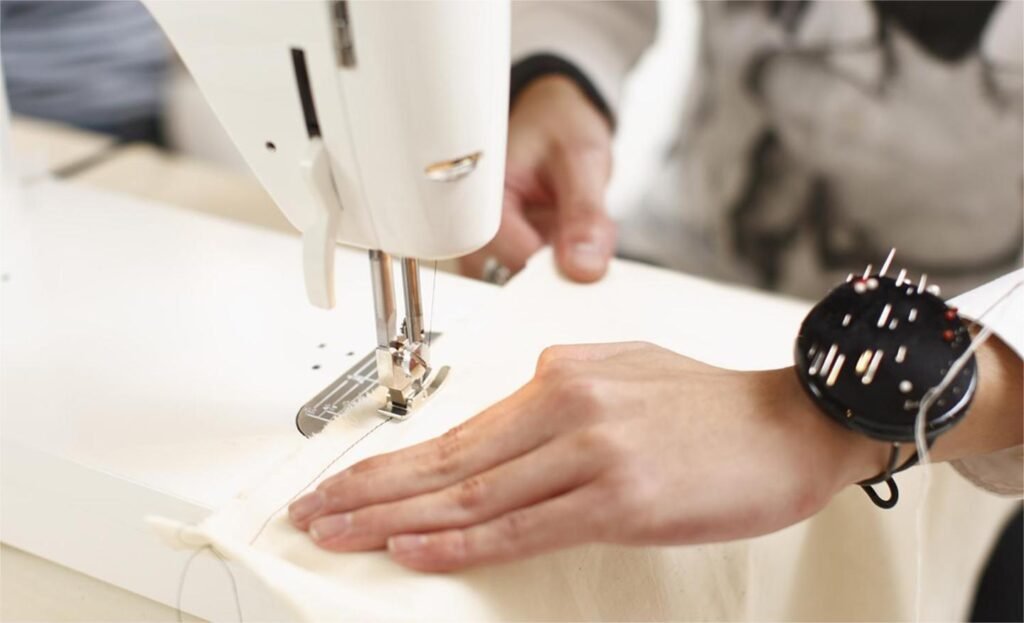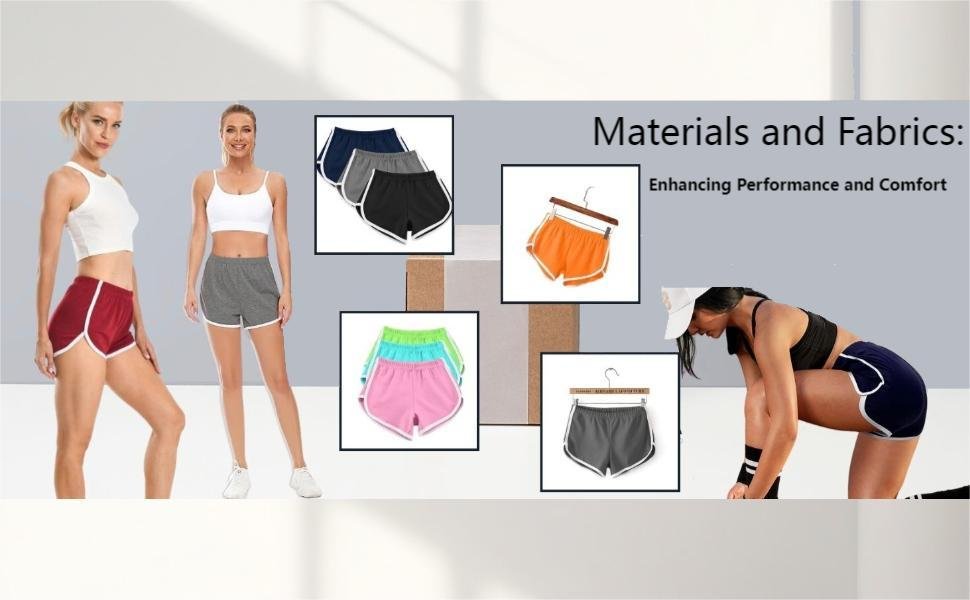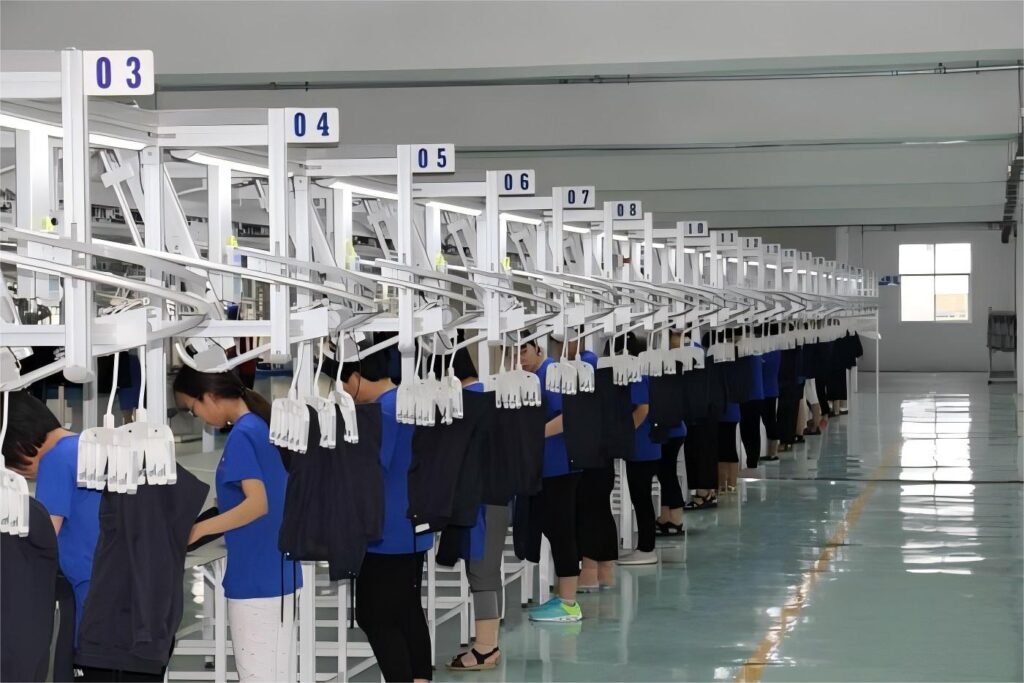No products in the cart.
Custom Yoga Pants
Sports Clothes Manufacturer: High-Performance Gear for Athletes
Introduction to High-Performance Sports Clothes
Sports clothes have come a long way from the simple cotton t-shirts and shorts of the past. Today, athletes demand high-performance gear that not only enhances their performance but also provides comfort and durability. High-performance sports clothes are designed to meet these demands, incorporating cutting-edge technology, innovative materials, and thoughtful design. In this article, we will explore the world of sports clothes manufacturing, focusing on the importance of quality gear for athletes, the technology behind it, the materials used, customization options, durability, sustainability, injury prevention, extreme weather conditions, fashion and style, and future trends.

The Importance of Quality Sports Gear for Athletes
Quality sports gear is essential for athletes to perform at their best. Whether it’s a professional athlete competing at the highest level or a recreational athlete looking to improve their performance, the right gear can make a significant difference. High-performance sports clothes are designed to enhance an athlete’s performance by providing the right fit, moisture-wicking properties, breathability, and flexibility. These features allow athletes to move freely, stay dry, and maintain optimal body temperature during intense physical activity.
According to a study conducted by the University of Portsmouth, wearing high-quality sports clothes can improve an athlete’s performance by up to 5%. This improvement can be attributed to the advanced technology and materials used in the manufacturing process. High-performance sports clothes are designed to reduce drag, increase muscle support, and improve blood circulation, all of which contribute to enhanced performance.
Cutting-Edge Technology in Sports Clothing Manufacturing
The manufacturing of high-performance sports clothes involves the use of cutting-edge technology. One such technology is 3D body scanning, which allows manufacturers to create custom-fit garments for individual athletes. This technology captures precise measurements of an athlete’s body, ensuring a perfect fit and maximum comfort.
Another technology used in sports clothing manufacturing is moisture-wicking fabric. This fabric is designed to pull sweat away from the body and onto the surface of the fabric, where it can evaporate quickly. This helps athletes stay dry and comfortable during intense physical activity, preventing chafing and irritation.
Additionally, many sports clothes manufacturers incorporate compression technology into their garments. Compression garments apply pressure to specific areas of the body, improving blood circulation and reducing muscle fatigue. This technology has been shown to enhance performance and aid in recovery.

Materials and Fabrics: Enhancing Performance and Comfort
The choice of materials and fabrics is crucial in sports clothing manufacturing. High-performance sports clothes are typically made from synthetic materials such as polyester, nylon, and spandex. These materials offer several advantages over traditional cotton, including moisture-wicking properties, breathability, and flexibility.
Polyester is a popular choice for sports clothes due to its moisture-wicking properties. It pulls sweat away from the body and onto the surface of the fabric, where it can evaporate quickly. This helps athletes stay dry and comfortable during intense physical activity.
Nylon is known for its durability and strength, making it an excellent choice for sports clothes. It can withstand rigorous use and maintain its shape and performance over time. Additionally, nylon has excellent moisture-wicking properties and is quick-drying, making it ideal for sports that involve a lot of sweating.
Spandex, also known as Lycra or elastane, is a stretchy fabric that provides flexibility and freedom of movement. It is often blended with other materials to enhance the fit and comfort of sports clothes. Spandex allows athletes to move freely without any restrictions, making it a popular choice for activewear.
Designing Sports Clothes for Different Sports and Activities
Sports clothes manufacturers understand that different sports and activities require different types of gear. They design their products to meet the specific needs of athletes in various sports, ensuring optimal performance and comfort.
For example, sports clothes designed for running often feature lightweight and breathable fabrics to keep athletes cool and comfortable. They may also incorporate reflective elements for visibility during low-light conditions.
On the other hand, sports clothes designed for contact sports like football or rugby prioritize durability and protection. They are made from tough materials that can withstand rough tackles and impacts. These garments often feature padding in key areas to reduce the risk of injury.
Swimwear is another category of sports clothes that requires special design considerations. Swimwear needs to be lightweight, quick-drying, and chlorine-resistant. It should also provide a secure and comfortable fit to prevent any wardrobe malfunctions during swimming competitions.
Customization Options: Tailoring Gear to Individual Athletes
One of the advantages of high-performance sports clothes is the ability to customize them to fit individual athletes. Customization options allow athletes to have gear that is tailored to their specific needs and preferences.
One way sports clothes manufacturers offer customization is through 3D body scanning. This technology captures precise measurements of an athlete’s body, allowing manufacturers to create custom-fit garments. This ensures a perfect fit and maximum comfort, enhancing an athlete’s performance.
Another customization option is the ability to choose specific features or design elements. Athletes can select the type of fabric, color, and style of their gear, allowing them to express their individuality and personal brand.

Durability and Longevity: Making Sports Clothes Last
Sports clothes are subjected to intense physical activity, frequent washing, and exposure to sweat and other elements. Therefore, durability and longevity are crucial factors in sports clothing manufacturing.
High-performance sports clothes are designed to withstand rigorous use and maintain their performance over time. Manufacturers use durable materials and reinforced stitching to ensure that the garments can withstand the demands of sports.
Additionally, sports clothes manufacturers conduct extensive testing to ensure the durability of their products. They simulate various conditions, such as repeated stretching, washing, and exposure to UV rays, to assess the performance and longevity of the garments.
Sustainability in Sports Clothing Manufacturing
In recent years, there has been a growing emphasis on sustainability in the manufacturing industry, including sports clothing manufacturing. Many sports clothes manufacturers are adopting sustainable practices to reduce their environmental impact.
One way manufacturers are promoting sustainability is by using recycled materials in their products. For example, some companies use recycled polyester made from plastic bottles to create high-performance sports clothes. This reduces the demand for virgin materials and helps divert waste from landfills.
Manufacturers are also implementing eco-friendly production processes. They are reducing water and energy consumption, minimizing waste, and using environmentally friendly dyes and chemicals. These practices help reduce the carbon footprint of sports clothing manufacturing.
The Role of Sports Clothes in Injury Prevention
Sports clothes play a crucial role in injury prevention. They provide support, protection, and stability to athletes, reducing the risk of injuries during physical activity.
Compression garments, for example, can help prevent muscle strains and tears by providing support to the muscles. They improve blood circulation, reduce muscle vibration, and enhance proprioception, which is the body’s awareness of its position in space.
Sports clothes designed for contact sports often incorporate padding in key areas to protect athletes from impacts and collisions. This padding absorbs and disperses the force of impacts, reducing the risk of injuries such as bruises, cuts, and fractures.
Proper footwear is also an essential part of sports clothing. Sports shoes are designed to provide stability, cushioning, and traction, reducing the risk of ankle sprains, knee injuries, and slips on different surfaces.
Sports Clothes for Extreme Weather Conditions
Athletes often train and compete in extreme weather conditions, such as extreme heat, cold, or rain. Sports clothes manufacturers have developed gear specifically designed to withstand these conditions and keep athletes comfortable and safe.
In extreme heat, sports clothes with moisture-wicking properties and breathable fabrics are essential. These garments help regulate body temperature by pulling sweat away from the body and allowing air to circulate, keeping athletes cool and dry.
In extreme cold, sports clothes with thermal insulation are crucial. These garments trap body heat and prevent it from escaping, keeping athletes warm and preventing hypothermia. Layering is also important in cold weather, allowing athletes to adjust their clothing to their activity level and the temperature.
Sports clothes for rainy conditions often feature waterproof or water-resistant fabrics. These garments keep athletes dry by repelling water and preventing it from seeping through the fabric. They also have sealed seams and adjustable hoods and cuffs to provide additional protection against the rain.

Fashion and Style in Sports Clothing
Sports clothing is no longer just about performance; it has become a fashion statement. Athletes and sports enthusiasts want gear that not only performs well but also looks stylish and reflects their personal style.
Sports clothes manufacturers have recognized this trend and are incorporating fashion-forward designs into their products. They collaborate with fashion designers and athletes to create collections that combine performance and style.
For example, many sports clothes now feature bold colors, graphic prints, and trendy patterns. Athletes can choose gear that matches their team colors, represents their country, or simply expresses their personality.
Additionally, sports clothes manufacturers are paying attention to the fit and silhouette of their garments. They are creating sleek and streamlined designs that flatter the athlete’s body and enhance their performance.
Future Trends in High-Performance Sports Gear
The world of high-performance sports gear is constantly evolving, driven by advancements in technology, materials, and consumer demands. Several trends are expected to shape the future of sports clothing manufacturing.
One trend is the integration of smart technology into sports clothes. Manufacturers are developing garments with built-in sensors that can track an athlete’s performance, monitor vital signs, and provide real-time feedback. This technology allows athletes to analyze their performance, make adjustments, and prevent injuries.
Another trend is the use of sustainable and eco-friendly materials. As consumers become more conscious of their environmental impact, sports clothes manufacturers are exploring innovative materials made from renewable sources or recycled materials. These materials offer the same performance benefits as traditional synthetic fabrics while reducing the carbon footprint.
Customization is also expected to play a significant role in the future of sports clothing manufacturing. With advancements in 3D printing and scanning technology, athletes will be able to have gear that is perfectly tailored to their body and performance needs. This level of customization will further enhance an athlete’s performance and comfort.
In conclusion, high-performance sports clothes are essential for athletes to perform at their best. They provide the right fit, moisture-wicking properties, breathability, and flexibility, enhancing an athlete’s performance and comfort. The manufacturing of sports clothes involves cutting-edge technology, innovative materials, and thoughtful design. Customization options allow athletes to have gear that is tailored to their specific needs and preferences. Durability, sustainability, and injury prevention are also crucial factors in sports clothing manufacturing. Sports clothes are designed to withstand rigorous use, reduce environmental impact, and protect athletes from injuries. Additionally, sports clothes manufacturers are incorporating fashion-forward designs into their products, reflecting the growing demand for stylish and performance-driven gear. The future of high-performance sports gear is expected to be shaped by smart technology, sustainable materials, and customization options, further enhancing an athlete’s performance and comfort.
